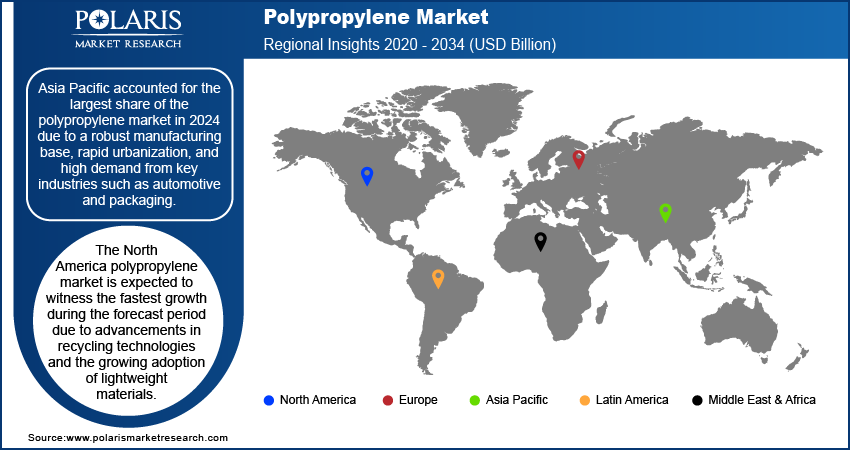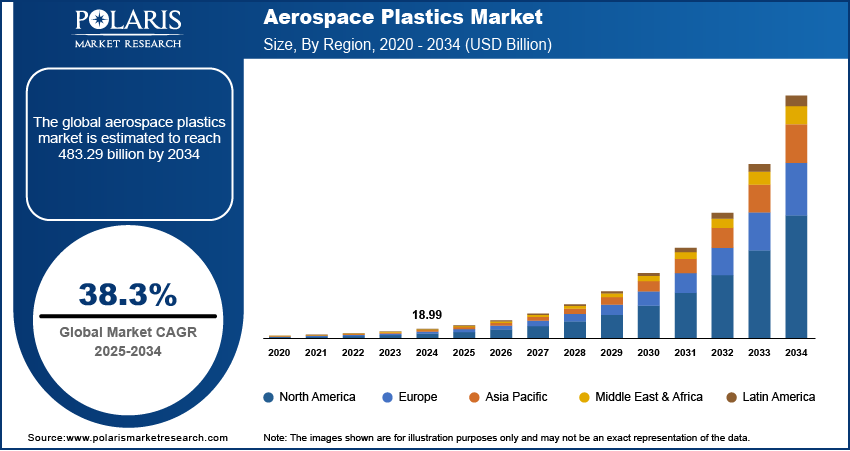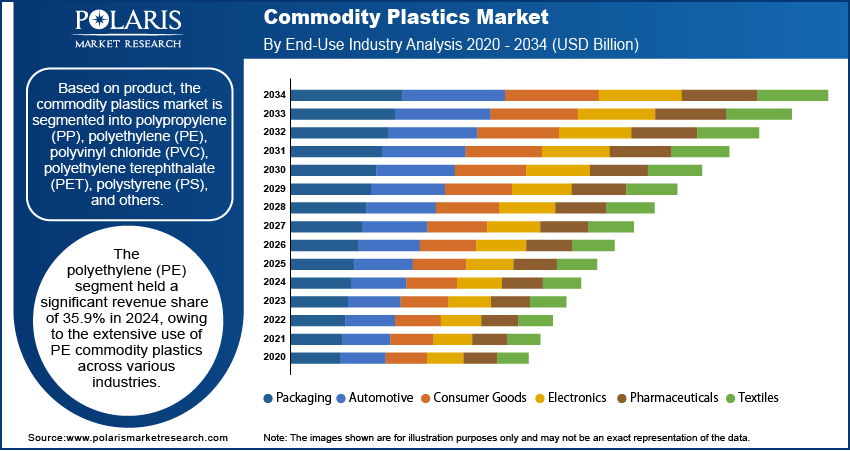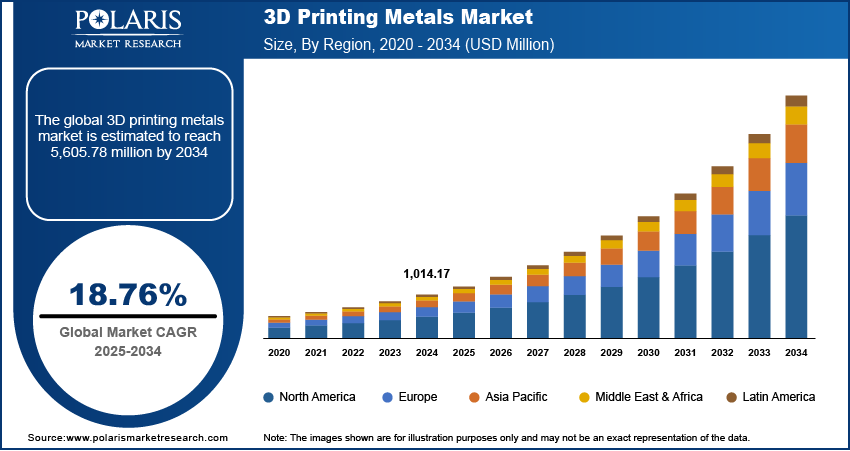ESG Reporting Software Market Overview: Growth, Trends, and Key Players
The ESG Reporting Software Market is experiencing significant growth as businesses worldwide prioritize sustainability, transparency, and corporate governance. Environmental, Social, and Governance (ESG) criteria are increasingly being integrated into corporate strategies, with stakeholders, investors, and regulatory authorities demanding greater accountability. This shift is driving the adoption of advanced ESG reporting software solutions that streamline data collection, monitoring, and reporting processes.
According to recent estimates, the global ESG reporting software market was valued at approximately USD 2.8 Billion in 2025 and is projected to reach USD 9.4 Billion by 2033, growing at a CAGR of 16.9% during the forecast period. The rapid growth is fueled by increasing regulatory requirements, rising stakeholder expectations, and the growing focus on sustainable business practices.
View Full Research Report@
https://m2squareconsultancy.com/reports/esg-reporting-software-market
Key Market Drivers
Regulatory Compliance: Governments and regulatory bodies across regions are implementing stringent ESG reporting standards, pushing companies to adopt automated reporting solutions.
Investor Demand: Investors are increasingly evaluating companies based on ESG performance, making accurate reporting crucial for securing funding and investment.
Corporate Sustainability Goals: Organizations are committing to sustainable business practices, which requires efficient tracking and reporting of ESG metrics.
Technological Advancements: Cloud-based solutions, AI, and analytics are enhancing the accuracy and efficiency of ESG reporting software.
Market Segmentation
The ESG Reporting Software Market is segmented based on component, deployment type, organization size, end-use industry, and region.
By Component:
Software: ESG data management platforms, analytics tools, and dashboards.
Services: Consulting, integration, and support services for ESG reporting solutions.
By Deployment Type:
Cloud-based: Offers flexibility, scalability, and real-time reporting capabilities.
On-premises: Provides higher data control and security for large enterprises.
By Organization Size:
Small and Medium Enterprises (SMEs): Increasingly adopting ESG reporting software to meet stakeholder demands.
Large Enterprises: Leading adopters due to complex reporting requirements and global operations.
By End-Use Industry:
Financial Services: Banks, investment firms, and insurance companies leverage ESG software for risk management and reporting.
Manufacturing: Ensures compliance with environmental regulations and monitors supply chain sustainability.
Energy and Utilities: Tracks environmental impact and promotes green initiatives.
Healthcare & Pharmaceuticals: Focus on social responsibility, workforce diversity, and regulatory compliance.
Others: Includes retail, IT, and telecom sectors increasingly adopting ESG solutions.
Request SAMPLE PDF (Including Full TOC, Table and Figures)@
https://m2squareconsultancy.com/request-sample/esg-reporting-software-market
Key Players in the ESG Reporting Software Market
The market is highly competitive, with several global and regional players offering innovative solutions. Some of the leading companies include:
SAP SE: Offers ESG reporting modules integrated with enterprise resource planning (ERP) systems.
Workiva Inc.: Known for cloud-based ESG reporting and compliance solutions.
Enablon (Wolters Kluwer): Provides comprehensive ESG management software.
FigBytes: Offers ESG performance tracking and sustainability reporting solutions.
Diligent Corporation: Focuses on governance, risk, and ESG reporting for corporate boards.
Salesforce: Delivers sustainability cloud solutions for ESG data monitoring.
Sphera: Specializes in environment, health, safety, and ESG management software.
These companies are driving innovation through AI-powered analytics, real-time dashboards, and predictive ESG metrics.
Regional Outlook
North America: Dominates the market due to strict regulatory compliance requirements and high investor awareness.
Europe: Significant growth driven by EU Sustainable Finance Disclosure Regulation (SFDR) and other ESG mandates.
Asia-Pacific: Rapid adoption expected due to increasing corporate sustainability initiatives and government support.
Latin America & Middle East & Africa: Emerging markets witnessing gradual adoption, primarily in energy, manufacturing, and financial sectors.
ESG Reporting Software Market Trends
Integration with AI and Analytics: Advanced analytics helps organizations forecast ESG risks and opportunities.
SaaS Solutions Dominance: Cloud-based ESG reporting software continues to grow due to scalability and lower costs.
Focus on Carbon Accounting: Companies are prioritizing carbon footprint tracking to comply with environmental regulations.
Sustainable Supply Chain Management: ESG software is being used to monitor suppliers’ compliance and sustainability practices.
Frequently Asked Questions (FAQ)
What is ESG reporting software?
Why is ESG reporting important for businesses?
How does ESG software improve sustainability reporting?
What are the top companies in the ESG reporting software market?
What are the key trends in ESG reporting software?
How is cloud-based ESG software different from on-premises solutions?
Which industries are adopting ESG reporting software the fastest?
What is the projected growth of the ESG reporting software market by 2033?
How does ESG reporting software help with regulatory compliance?
What are the benefits of AI integration in ESG reporting solutions?
Related Report:
https://m2squareconsultancy.com/reports/satellite-data-services-market
https://m2squareconsultancy.com/reports/artificial-intelligence-ai-market
https://m2squareconsultancy.com/reports/fraud-detection-and-prevention-market
https://m2squareconsultancy.com/reports/automated-test-equipment-market
Conclusion
The ESG Reporting Software Market is set for rapid growth, driven by global sustainability initiatives, regulatory mandates, and increasing investor awareness. Organizations adopting ESG reporting solutions gain enhanced transparency, improved compliance, and strategic insights into their environmental and social impact. With the integration of AI, cloud computing, and advanced analytics, ESG software is becoming an essential tool for businesses aiming to achieve long-term sustainability and corporate governance goals.
ESG Reporting Software Market Overview: Growth, Trends, and Key Players
The ESG Reporting Software Market is experiencing significant growth as businesses worldwide prioritize sustainability, transparency, and corporate governance. Environmental, Social, and Governance (ESG) criteria are increasingly being integrated into corporate strategies, with stakeholders, investors, and regulatory authorities demanding greater accountability. This shift is driving the adoption of advanced ESG reporting software solutions that streamline data collection, monitoring, and reporting processes.
According to recent estimates, the global ESG reporting software market was valued at approximately USD 2.8 Billion in 2025 and is projected to reach USD 9.4 Billion by 2033, growing at a CAGR of 16.9% during the forecast period. The rapid growth is fueled by increasing regulatory requirements, rising stakeholder expectations, and the growing focus on sustainable business practices.
View Full Research Report@ https://m2squareconsultancy.com/reports/esg-reporting-software-market
Key Market Drivers
Regulatory Compliance: Governments and regulatory bodies across regions are implementing stringent ESG reporting standards, pushing companies to adopt automated reporting solutions.
Investor Demand: Investors are increasingly evaluating companies based on ESG performance, making accurate reporting crucial for securing funding and investment.
Corporate Sustainability Goals: Organizations are committing to sustainable business practices, which requires efficient tracking and reporting of ESG metrics.
Technological Advancements: Cloud-based solutions, AI, and analytics are enhancing the accuracy and efficiency of ESG reporting software.
Market Segmentation
The ESG Reporting Software Market is segmented based on component, deployment type, organization size, end-use industry, and region.
By Component:
Software: ESG data management platforms, analytics tools, and dashboards.
Services: Consulting, integration, and support services for ESG reporting solutions.
By Deployment Type:
Cloud-based: Offers flexibility, scalability, and real-time reporting capabilities.
On-premises: Provides higher data control and security for large enterprises.
By Organization Size:
Small and Medium Enterprises (SMEs): Increasingly adopting ESG reporting software to meet stakeholder demands.
Large Enterprises: Leading adopters due to complex reporting requirements and global operations.
By End-Use Industry:
Financial Services: Banks, investment firms, and insurance companies leverage ESG software for risk management and reporting.
Manufacturing: Ensures compliance with environmental regulations and monitors supply chain sustainability.
Energy and Utilities: Tracks environmental impact and promotes green initiatives.
Healthcare & Pharmaceuticals: Focus on social responsibility, workforce diversity, and regulatory compliance.
Others: Includes retail, IT, and telecom sectors increasingly adopting ESG solutions.
Request SAMPLE PDF (Including Full TOC, Table and Figures)@ https://m2squareconsultancy.com/request-sample/esg-reporting-software-market
Key Players in the ESG Reporting Software Market
The market is highly competitive, with several global and regional players offering innovative solutions. Some of the leading companies include:
SAP SE: Offers ESG reporting modules integrated with enterprise resource planning (ERP) systems.
Workiva Inc.: Known for cloud-based ESG reporting and compliance solutions.
Enablon (Wolters Kluwer): Provides comprehensive ESG management software.
FigBytes: Offers ESG performance tracking and sustainability reporting solutions.
Diligent Corporation: Focuses on governance, risk, and ESG reporting for corporate boards.
Salesforce: Delivers sustainability cloud solutions for ESG data monitoring.
Sphera: Specializes in environment, health, safety, and ESG management software.
These companies are driving innovation through AI-powered analytics, real-time dashboards, and predictive ESG metrics.
Regional Outlook
North America: Dominates the market due to strict regulatory compliance requirements and high investor awareness.
Europe: Significant growth driven by EU Sustainable Finance Disclosure Regulation (SFDR) and other ESG mandates.
Asia-Pacific: Rapid adoption expected due to increasing corporate sustainability initiatives and government support.
Latin America & Middle East & Africa: Emerging markets witnessing gradual adoption, primarily in energy, manufacturing, and financial sectors.
ESG Reporting Software Market Trends
Integration with AI and Analytics: Advanced analytics helps organizations forecast ESG risks and opportunities.
SaaS Solutions Dominance: Cloud-based ESG reporting software continues to grow due to scalability and lower costs.
Focus on Carbon Accounting: Companies are prioritizing carbon footprint tracking to comply with environmental regulations.
Sustainable Supply Chain Management: ESG software is being used to monitor suppliers’ compliance and sustainability practices.
Frequently Asked Questions (FAQ)
What is ESG reporting software?
Why is ESG reporting important for businesses?
How does ESG software improve sustainability reporting?
What are the top companies in the ESG reporting software market?
What are the key trends in ESG reporting software?
How is cloud-based ESG software different from on-premises solutions?
Which industries are adopting ESG reporting software the fastest?
What is the projected growth of the ESG reporting software market by 2033?
How does ESG reporting software help with regulatory compliance?
What are the benefits of AI integration in ESG reporting solutions?
Related Report:
https://m2squareconsultancy.com/reports/satellite-data-services-market
https://m2squareconsultancy.com/reports/artificial-intelligence-ai-market
https://m2squareconsultancy.com/reports/fraud-detection-and-prevention-market
https://m2squareconsultancy.com/reports/automated-test-equipment-market
Conclusion
The ESG Reporting Software Market is set for rapid growth, driven by global sustainability initiatives, regulatory mandates, and increasing investor awareness. Organizations adopting ESG reporting solutions gain enhanced transparency, improved compliance, and strategic insights into their environmental and social impact. With the integration of AI, cloud computing, and advanced analytics, ESG software is becoming an essential tool for businesses aiming to achieve long-term sustainability and corporate governance goals.











